
Quest for Survival: Photos of Incredible Animal Migrations
Born to Move: Michoacan, Mexico
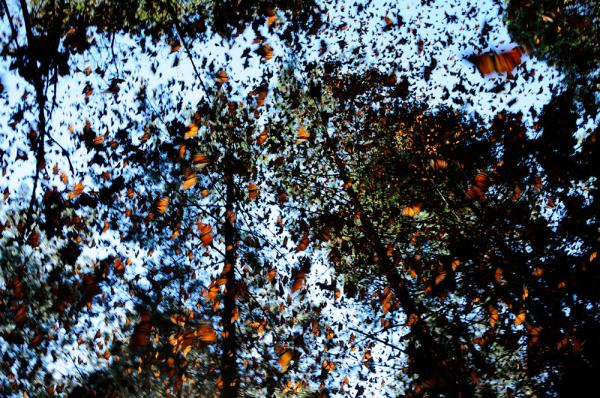
Through the latest high-speed camera technology, the monarch butterfly migration is revealed in breathtaking detail, allowing viewers to appreciate their unparalleled multigenerational journey one fluttering wing at a time.
Born to Move: Africa
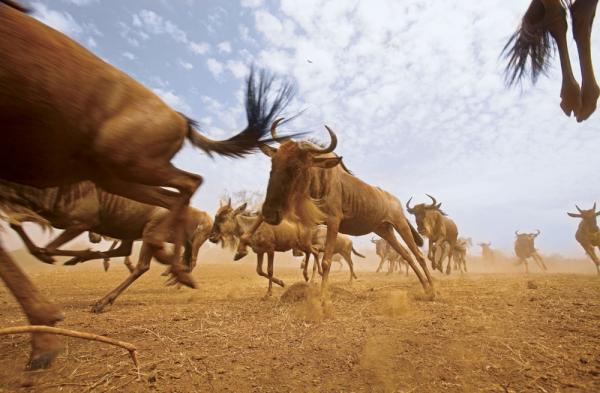
White-bearded wildebeest herd: Every year, more than a million wildebeest and two hundred thousand zebras must chase the seasonal rains, in a 300-mile loop around Tanzania and Kenya.
Born to Move: Christmas Island
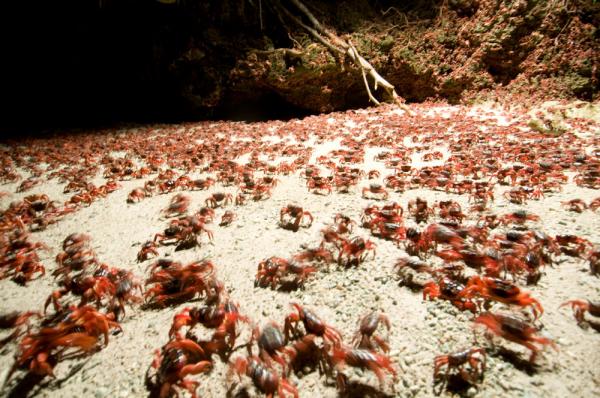
Christmas Island may look like a tiny rock in the Indian Ocean, but it is home to more than 50 million red crabs that complete one of the most harrowing and visually stunning annual migrations. Traveling from deep within the island's forest to the seashore, these fire engine-red, dinner plate-sized crabs battle against fierce acid-spitting yellow ants as they scuttle to the water and back only once a year to breed.
Need to Breed: Falkland Islands, Southern Atlantic Ocean
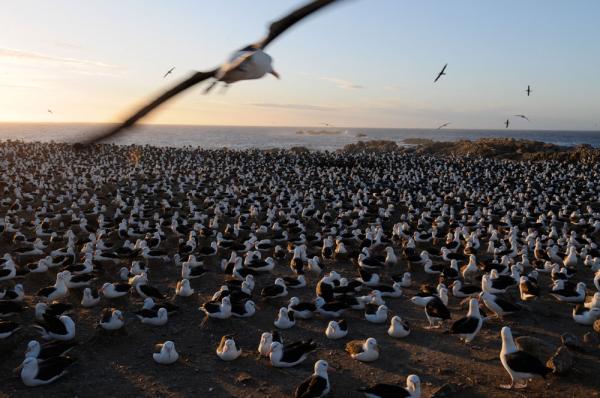
The black-browed albatross soars in on its 8-foot wingspan to mate on land, all under the hungry gaze of a predator bird, the striated caracara, who has waited through a brutal winter for this bounty of newly laid eggs, hatchlings and chicks. The mother albatross waits on land for the male to fly out to sea for a few days to feed and return to land, heavy with fish for his young chick.
Born to Move: Christmas Island
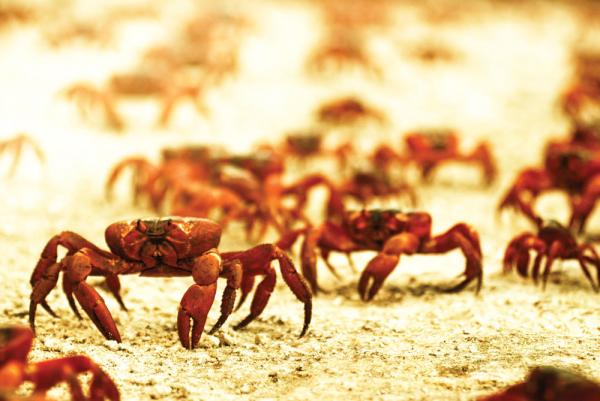
Decimated by predators and dogged by the whims of the weather, each year 50 million red crabs scamper over jagged cliffs and sunbaked sands to the water's edge the spawning grounds.
Born to Move: Michoacan, Mexico
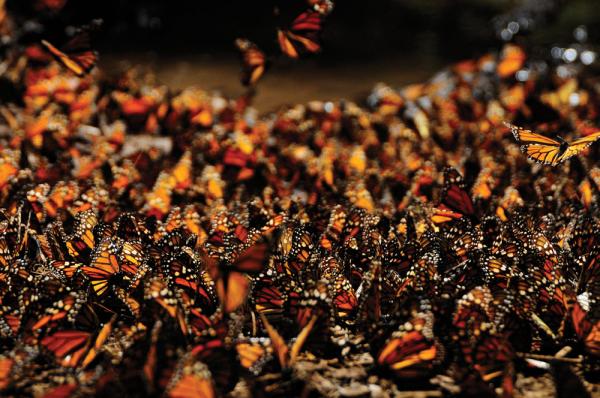
No single monarch butterfly completes its migration from Mexico to as far north as Canada and back. Instead, generations of monarchs make this journey born into a relay race no one butterfly finishes.
Race to Survive
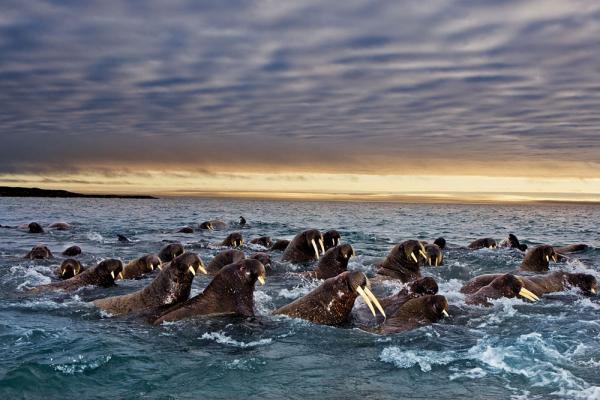
Beginning their journey off the Alaskan coast, the Pacific walrus whose bodies are not made for swimming long distances have used ice floes for eons as sanctuaries for rest and breeding as they journey to Russia and back. But in recent years the floating ice chunks have become fewer, smaller and unable to sustain the walrus population that struggles to occupy these insufficient life rafts.
Get the world’s most fascinating discoveries delivered straight to your inbox.
Race to Survive: Africa
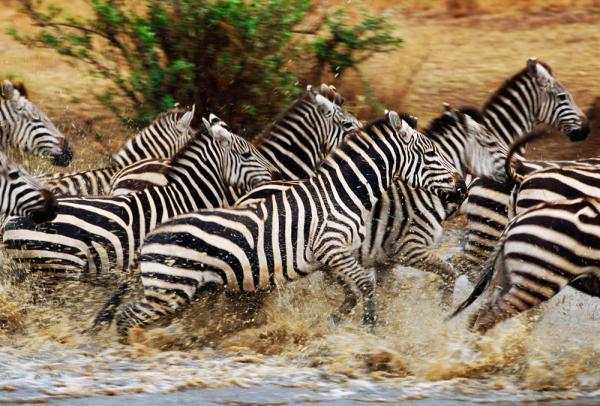
Every spring in Botswana, hundreds of zebras leave the largest inland delta in the world on a 150-mile slog into hell a desert of salt and sand so that their bodies can take in much-needed minerals. Their stripes help protect them from predators as long as they stick together blurring their lines and making them indistinguishable as individual animals.
Race to Survive: Western Wyoming, Grand Teton National Park
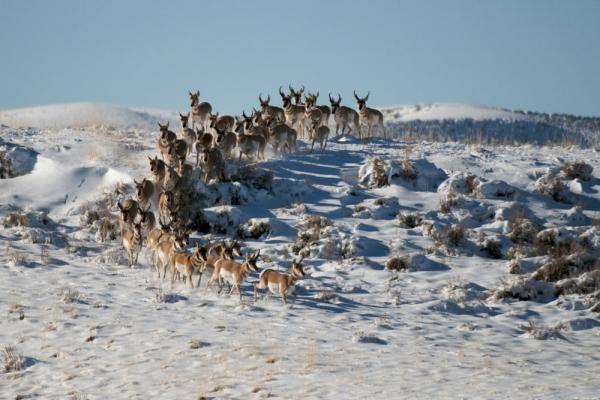
In the untamed early days of the American West, pronghorn were plentiful, proud and moved freely. One small herd of around 200 follows its ancient migration. Driven by the seasons, their migration from the mountains to the valleys and back has always been a tough journey, but now fences, borders, bloated rivers and other constraints have created blockades and bottlenecks that result in devastating losses for this critically endangered species.
Feast or Famine: Sahara Desert
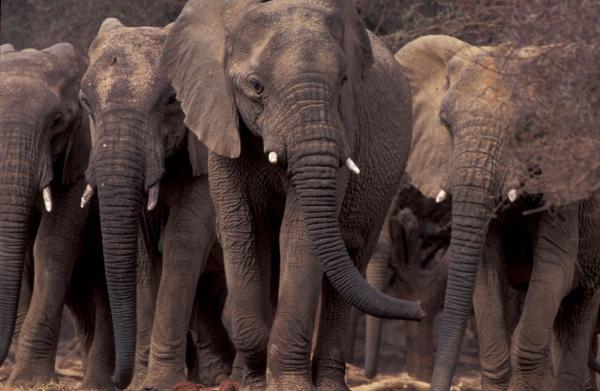
The rare Mali elephant undertakes the longest elephant migration on earth a 300-mile circle around the heart of landlocked Mali in West Africa. Traversing the southern edge of the Sahara Desert, the only way to survive is to keep moving across the scorched earth from water to water, food to food both in desperately short supply.
Race to Survive: Botswana, Africa
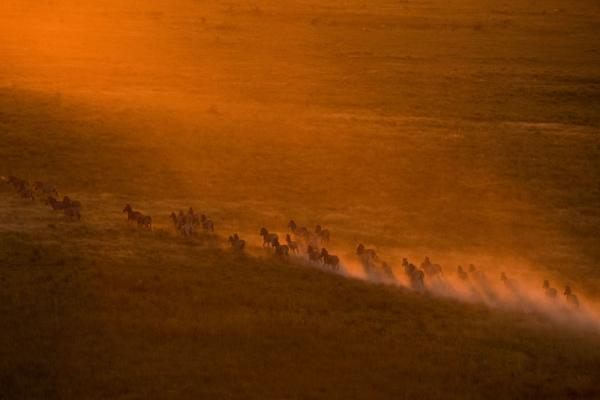
The zebra migrations in Botswana filmed by National Geographic Explorers-in-Residence Dereck and Beverly Joubert see zebra family groups joining together to make the hazardous round trip, a journey that can take a toll on young mothers.
 Live Science Plus
Live Science Plus






